64 Audio tia Trio Review: The All-Rounder Powerhouse

Review written by @Fc-Construct
Loaner unit provided by headphones.com
Introduction
Last time, I reviewed my first 64 Audio product, the 64 Audio Duo. Today, I’ll be taking a look at the 64 Audio tia Trió, a $2.3k IEM released back in late 2017’s. Which, given the time warp brought by a global pandemic, really only makes it a 2 – 3 year old IEM. Or that’s what I like to tell myself. Sporting a 1 DD + 2 BA hybrid setup, the Trio also houses a number of technologies 64 Audio has developed to improve sound quality: its tia, APEX, LID, Center Drive, and Frequency eXtension Chamber systems. Let’s see how all of these marketing terms translate into actual performance.
Build and Comfort
My loaner unit didn’t come with the full accessory set, so I won’t go through all the details of that in this review. As with the other 64 Audio IEMs, the Trio uses 2-pin connectors and it’s included 2-pin cable is… bad. It’s very tangle prone, has significant amount of cable noise and memory, and a needlessly bulky 90° jack. I replaced it almost immediately.
Thankfully, the build and comfort of the Trio itself is perfectly serviceable. It boasts a full aluminum body for a durable and lightweight build. There are two vents on its shell, one large one at the base similar to that found on the Duo and another on its inner side. Comfort wise, I have no complaints. The Trio is ergonomically shaped with a nozzle size and length that are very accommodating. I think 64 Audio’s APEX technology is doing a lot of work here, eliminating any sort of pressure buildup in the ear during insertion or movement while creating a slight sense of openness. I felt the isolation was rather decent. Not total silence but good enough for daily commute.
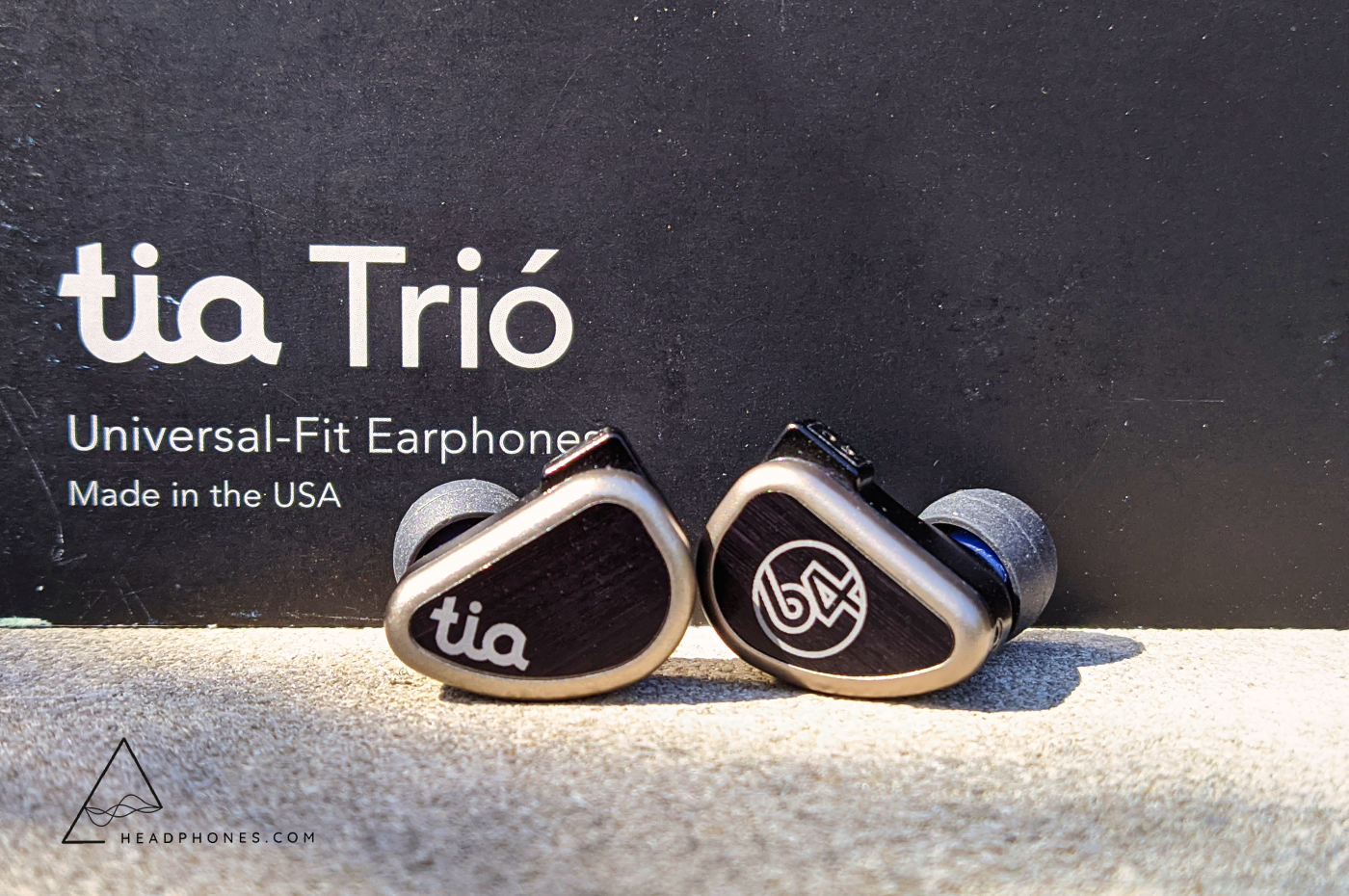
Frequency Response and Tuning
This is a good IEM. I like it. I want it. These were my first thoughts, in order. Tuning wise, it has a W-shaped sound to it with a nice emphasis on thumping bass, engaging mids, and a distinct, well-extended treble. On a technical level, the Trio knocks it out of the park. Bass is highly articulate and there is a superb sense of coherency in the mids and treble. Staging feels great and layering is fluid. But most importantly, the Trio is just a very, very enjoyable IEM to listen to music with. I spent more time immersed in my music than thinking about the Trio itself and dissecting its sound. That’s the mark of a great IEM.
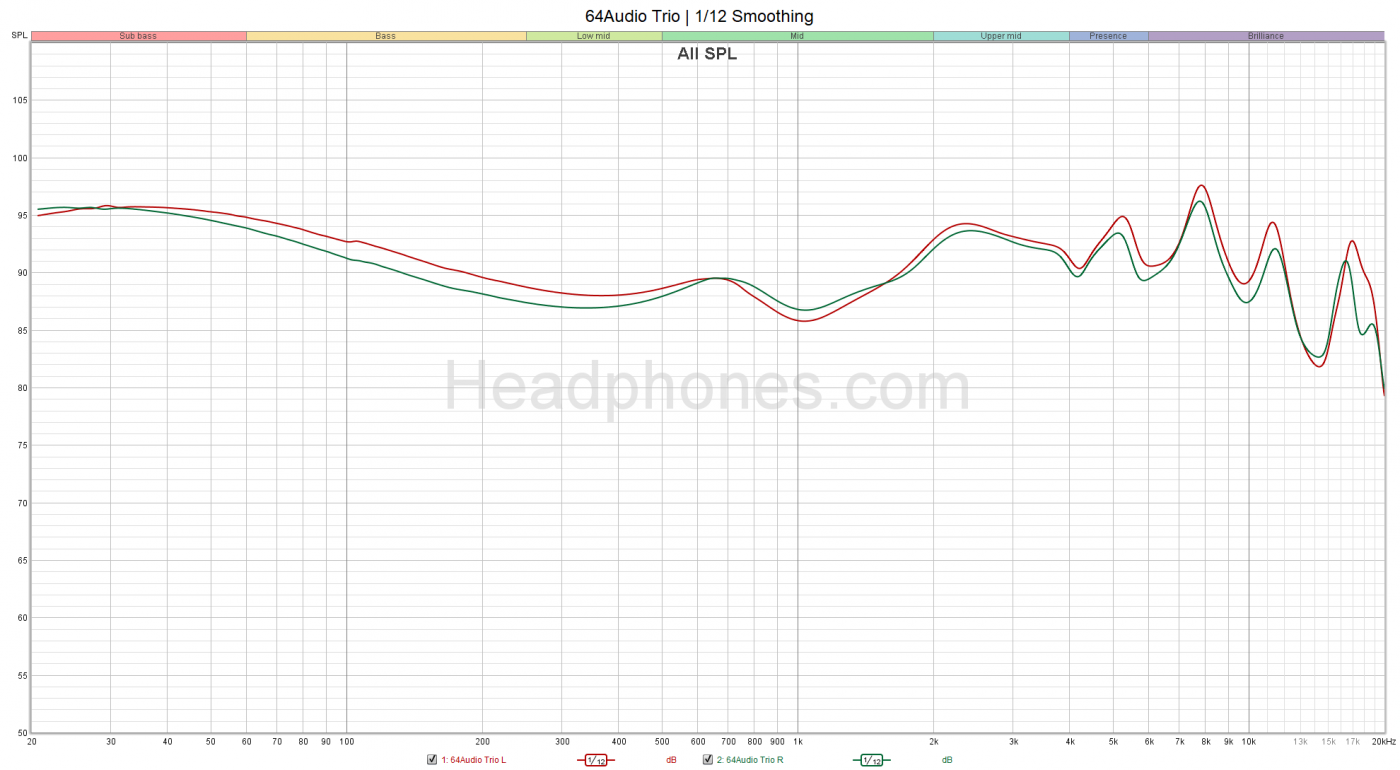
Frequency response of the 64 Audio Trio. Measurement taken with an IEC-711 clone microphone. Comparisons can only be made relative to other measurements taken by this specific microphone. A peak at about 8 – 10 kHz is likely an artifact of the measurement rig and may not exist as depicted here. Measurements above 8 kHz are not accurate. If possible, reference multiple measurements.
Admittedly, the 64 Audio Trio does NOT graph well. Minor channel imbalance aside, its undeniable that the Trio’s frequency response a bit of a roller coaster. Yet it doesn’t detract from my enjoyment of it. While the mids do sound colored, it isn’t nearly as awkward as the graph might suggest here. The bass elevation is in-line with my experience, a satisfying response that isn’t shy to make its presence known. The treble does have a peakiness to it that manifests in hats and cymbal notes. It also has quite a bit of upper treble airiness, akin to if you’ve ever played around and added in a generous helping of upper treble via EQ. All in all, the 64 Audio Trio is a strong all-rounder IEM whose graph really does not tell the full story and particularly excels with modern genres like pop and rock.
Instrument Notes
Drums
The first time I heard the Trio, I was quite impressed with the drums. With a bass shelf settling in at 300 Hz, you can expect drums on the Trio to have plenty of midbass presence. There’s a little more boominess than punch on the Trio, but I think it’s better described as having a sense of physicality. The dynamic driver in here really allows the kick and toms to take control of the music and dictate the beat. Notes are full of impact and the snare sounds meaty. It’s impossible not to nod my head along to it. That said, its bass isn’t to the level of something like the Sony IER-Z1R which doubles down on the physicality to satisfy true bassheads but I think it strikes a great in-between for those wanting more bass muscularity without it becoming the centerpiece of its sound.
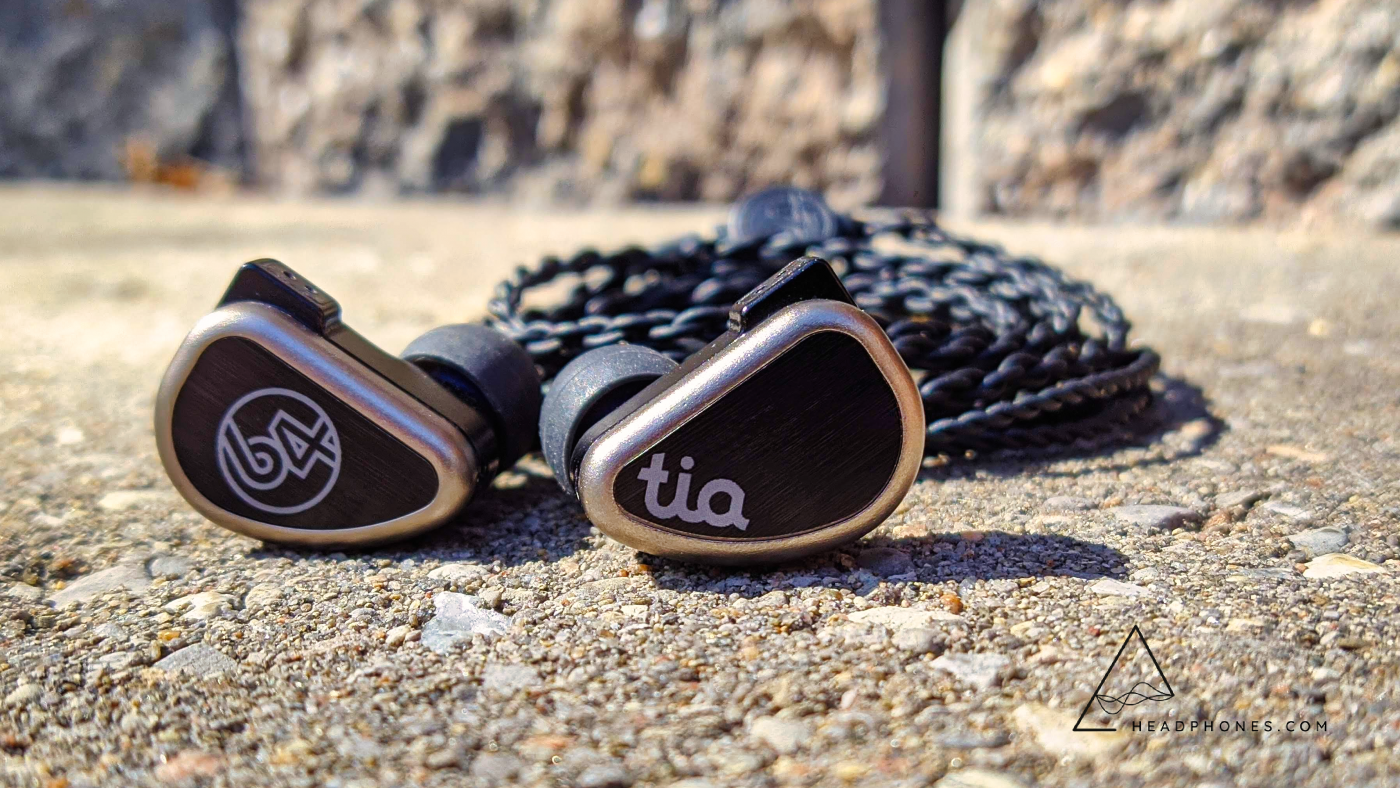
Now to put on my nit-picking hat. For starters, while the drum notes on the Trio are impactful, they aren’t slammy. The distinction here I think is that they don’t have a sharp leading transient edge but instead focuses on the energy right after that. This isn’t to say notes aren’t defined, however. The Trio has excellent bass note articulation and resolution. The second nitpicky comment is that right at the very tail end of a heavy kick or tom note, there’s a slight emptiness where the final decay of the tone falls off prematurely. Ironically, it’s the overall dynamism of the Trio’s bass that highlights this deficiency. But as stated earlier, I greatly enjoy listening to music with the Trio and this minor imperfection doesn’t even cross my mind unless I’m seriously looking for a flaw.
Hats and cymbals, as expected for this sort of treble response, are somewhat unbalanced. Generally when you have a lower treble peak followed by a recessed mid treble, you can expect an emphasis on the attack with a diminished decay. In other words, more stick definition with less wash out. That’s what you get with the Trio. Surprisingly, it’s less sharp than I expected and has more of a rounded transient so isn’t piercing. The upper treble elevation of the Trio adds a shimmer to the notes. Coherency of the hats and cymbals very good on the Trio. You can pick out a lot of subtle character from these instruments which adds a lot of flavour to the music. Overall, while I would prefer a smoothing response, the Trio is lively and energetic.
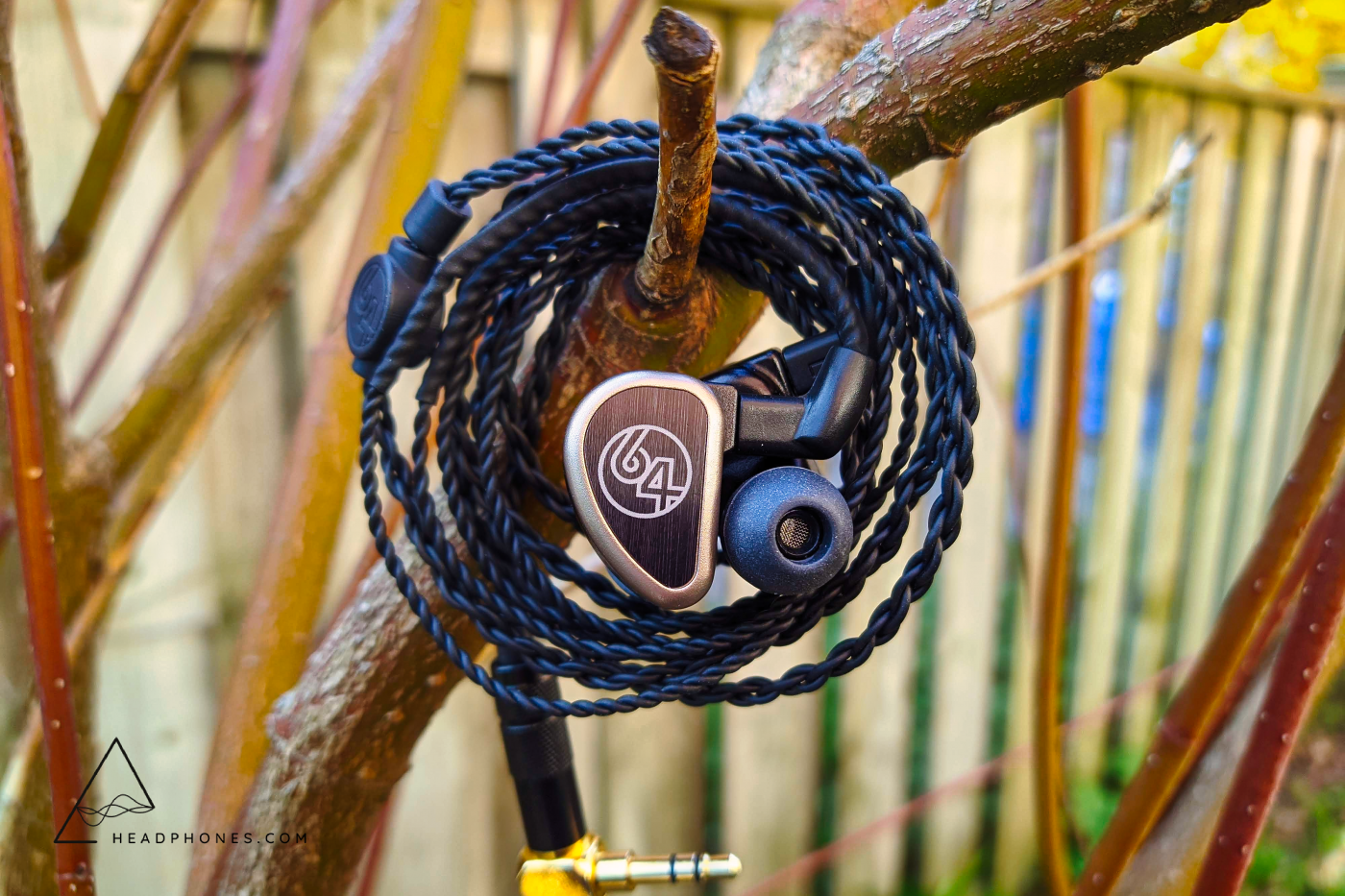
Guitars and Strings
The bass guitar is commanding and complements the drums very well. Midbass presence is the driving force while the subbass rumble provides a strong foundation. Electric and acoustic guitars have a richness to them while maintaining strong clarity whether it be strums or fingered plucks. Similarly, strings like violins and cellos have a depth to their timbre. Overall resolution and coherency are outstanding.
Vocals
Despite the wonky looking midrange, vocal balance doesn’t sound wholly off. Vocals are mildly forward and clear, with both male and female vocals performing equally well. The dip around the 1 – 2kHz mark does however cause male vocals to sound a little thin at times compared to what I’m used to. While the Trio avoids the primary 5.5 kHz peak for sibilance that I’m sensitive to, there is an upper treble 11 – 12 kHz peak that adds a slight sharpness to the S/Ph/F syllables. The further upper treble extension is quite elevated, giving vocals a wispiness at the tailing end of their tones.
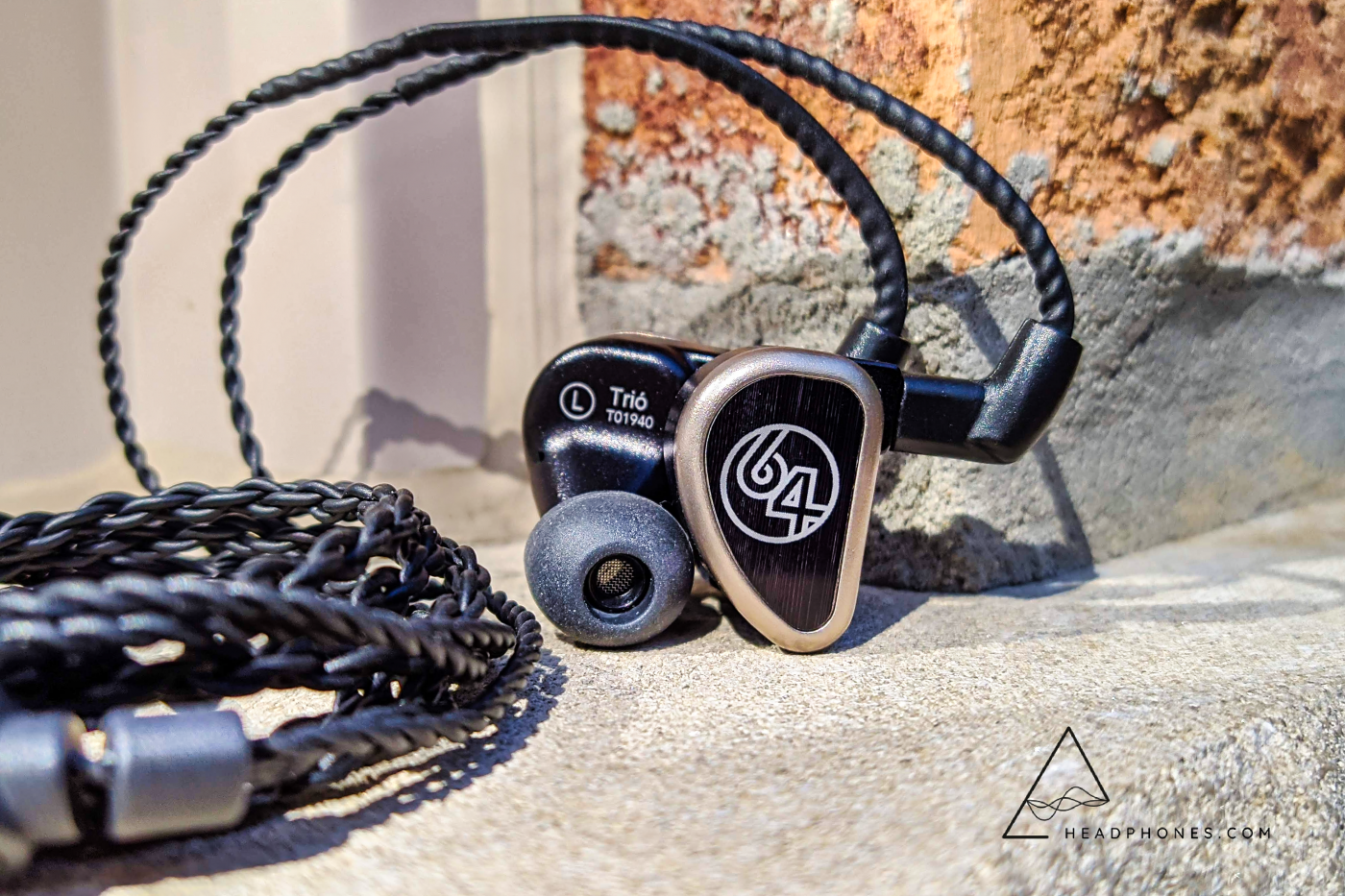
Presentation
Staging on the Trio is excellent. The soundstage is well-rounded with equally good width, height, and depth. Imaging is nuanced and makes full use of the soundstage to give the Trio’s soundstage a very 3D-like effect. Layering is similarly effective thanks to the stage depth the Trio brings. Instruments have plenty of space to thrive in. No complaints here, very well done.
I’ve alluded to the Trio’s technical performance above a few times already, particularly in terms of its resolution and coherency. Even compared to kilobuck benchmark IEMs like the Symphonium Helios and Sony-IER M9, the Trio is appreciably better. Though the difference is minor, the Trio is able to draw my attention to an extra note or better help me visualize the fingering of the guitarist. And for the cherry on top, the Trio is a highly dynamic IEM. I don’t always talk about dynamics in IEMs as they tend to be fairly mediocre, but the dynamism of the Trio adds a layer of weight to the music that really immerses the listener. It’s creates a feeling of engagement, an energy that draws you in to enjoy the music.

Should You Buy It?
Yes. At $2.3k, the 64 Audio Trio is an expensive IEM, no doubt about it. As IEMs blow past the four-digit price tag, the price/performance value analysis breaks down. These are luxury products and only you know if you can afford it. All I’ll say is that the Trio is a very strong all-rounder and possibly the most enjoyable IEM I’ve heard to date. To put it another way, instead of analyzing the Trio’s frequency response and technical performance and pondering where I would make improvements, I asked questions like “Huh, I wonder what the size of that splash cymbal was”. If you’re looking towards the high end of personal audio, the 64 Audio Trio is absolutely one of the IEMs you should consider unless you’re striving for a more neutral sound signature. 64 Audio has made a powerhouse of an IEM and I’m looking forward to seeing what else they have in store.
---
Buy the 64 Audio tia Trio at Headphones.com for the best available price.
Discuss the 64 Audio tia Trio on the HEADPHONE community forum here.
---
